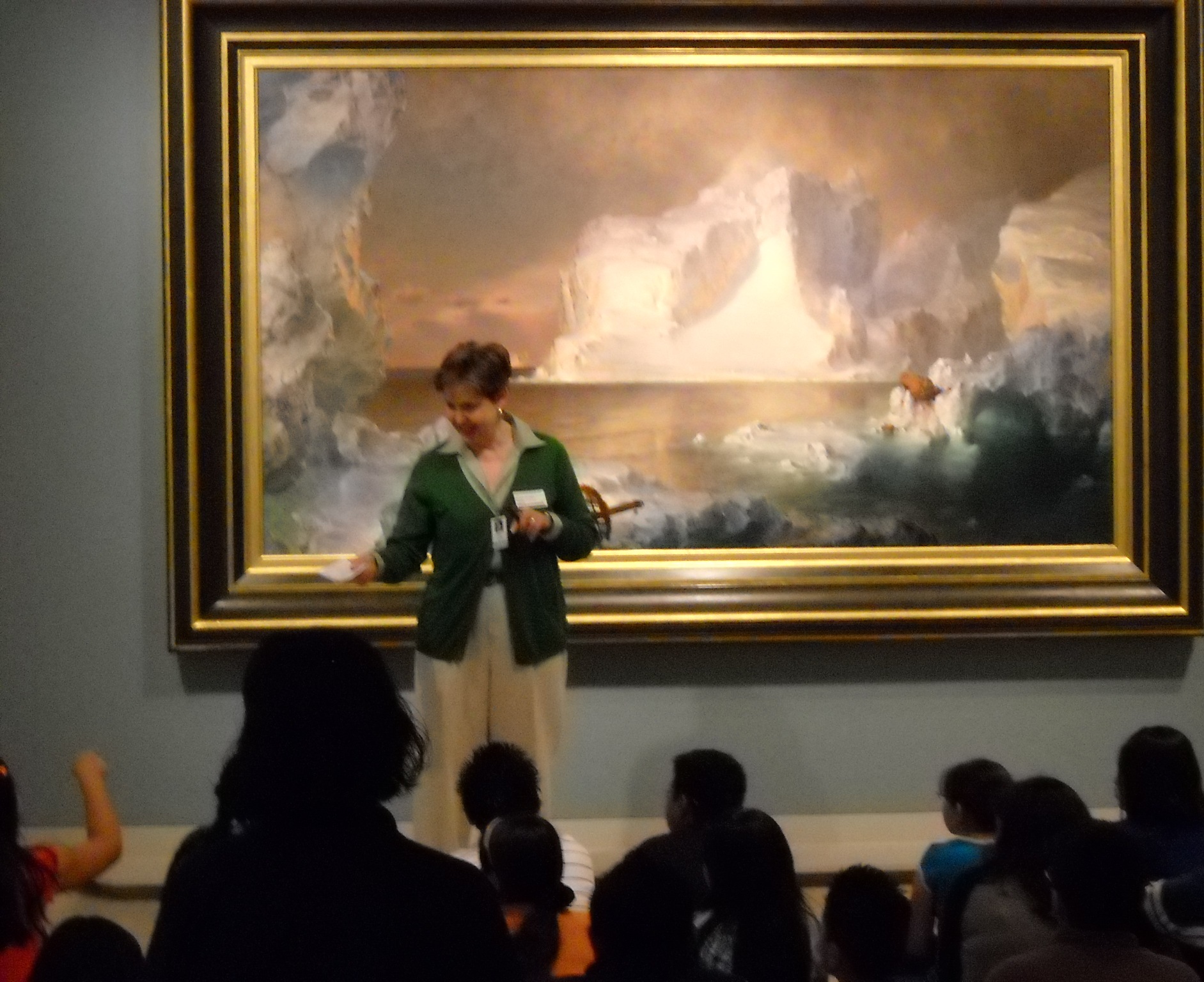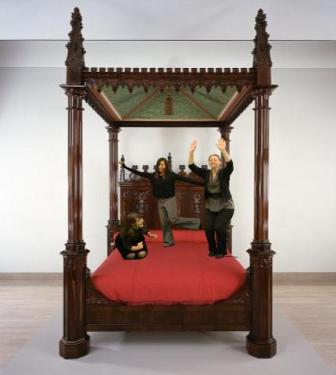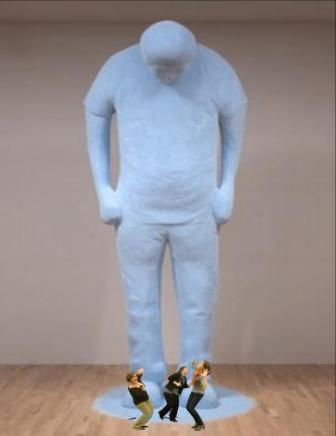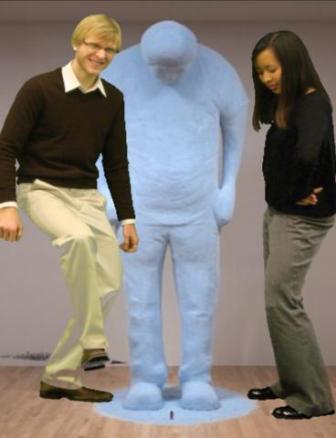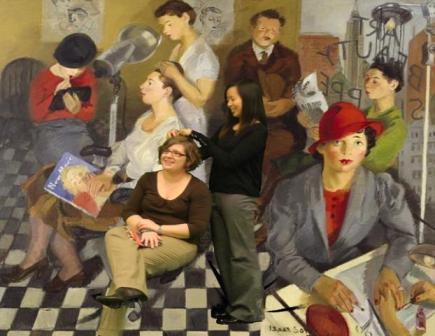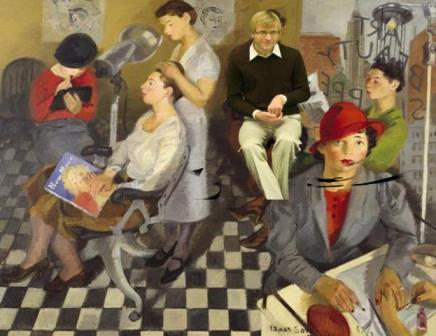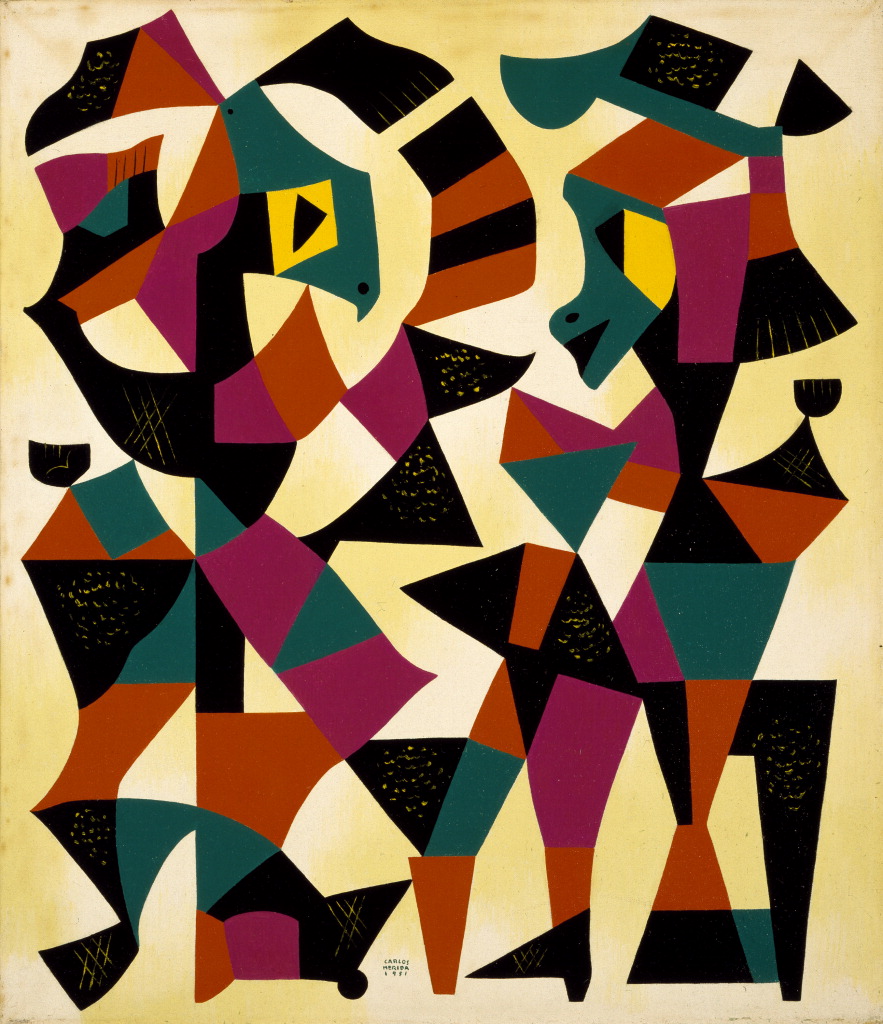As museum professionals, we attend conferences regularly to share the exciting work we are doing at the DMA and to learn from our national and international colleages. I attended the annual
National Art Education Assocation Convention for the first time in 2004, and I had the pleasure of participating in a session led by
Dr. Terry Barrett. Since then, I scan each year’s schedule to make sure I don’t miss an opportunity to learn from Dr. Barrett. Last year, I was delighted to hear that he had joined the Art Education faculty at the
University of North Texas. I recently had a chance to talk with Dr. Barrett before UNT adjourned for Spring Break.

Dr. Terry Barrett
What sparked your interest in art education?
I’ve been in the field a long time and I got into it by default. When I graduated from college, I was eligible for the Vietnam War draft. I was opposed to the war, and one way to avoid the draft was to teach. I began teaching in an inner-city, all-black high school in St. Louis; I was there the year Martin Luther King, Jr. was shot. I fell in love with the kids and decided I liked teaching. I’ve been teaching ever since.
How would you describe your theory to a person with no experience in art education?
My mission is to help people appreciate art and to appreciate life through art, because I think art gives us different ways of thinking about the world.
Did you ever have a great idea that didn’t work? What did you learn from that experience?
No, I don’t think I ever had a great idea that didn’t work. Thinking of “great ideas” is intimidating in itself. Other people come to me with great ideas – I have said yes to many offers throughout my career, and that’s led me to different directions that have been very interesting.
For example, one big change in my career occurred when a former student asked if I would be an art critic in education for the Ohio Arts Council and I said, “Yeah, why not?” Being an art critic in the schools enlivened me; my research, my teaching and my community service came together like a circle – a productive circle.
I was a cancer patient about 5 years ago. I went through chemotherapy and private counseling and during that time I figured out I wasn’t afraid to die, but I was afraid of becoming old and inactive. My counselor told me I have to get over that fear and suggested I go to an assisted living community and work with the elderly. I said “Why not?”. I also started doing contemporary art interpretation with people with cancer, and we started seeing how those images related to our lives. They really enjoyed the process and produced some beautiful writings. That’s when I started thinking about life issues more than art issues and using art to get at life.
I had enough years at Ohio State to retire, but there was an opening at University of North Texas and I thought “Why not?”. I wasn’t ready to retire; I wanted to stay active and keep working, writing, and teaching.
I love your artist statement about choices you’ve made related to making art, your creative process, and the materials you choose. Can you tell me more about how you came to these decisions – was it a learning experience of trial and error, or did you approach artmaking this way from the beginning?
When I was young, I made art instinctively and intuitively. As I got older and was writing more, I didn’t have time to make art and do it well, so I stopped. I realized I missed it, and that’s when I began painting. Sandy Skoglund told me I needed something to fit my lifestyle. As an example, she told me about a friend who frequently traveled on an airplane and made small collages because they didn’t require a lot of space or materials. The small paintings I make really satisfy me. They’re fun to make and I don’t exhibit them; I just do them for my own enjoyment.
It seems like much of your life and work has been in the Midwest, specifically Ohio. What is your impression/experience of living and working in north Texas?
I miss the trees, but I like the sunshine a lot. The people here are friendlier than they are in the Midwest. There’s a degree of politeness that I like; the Midwest has a reputation for being a friendly place, but people here smile and make eye contact and open doors more than I’m used to. I love wide open skies, and I love living in horse country. I wish some rich ranch owner would give me a little plot of land to live on a horse farm, where I would build a small green house with a small ecological footprint.
Dr. Barrett will lead part of an upcoming Teacher Workshop titled Exploring Photography: The Lens of Impressionism, along with photographer and educator Frank Lopez. Visit the website to learn more and register.
Melissa Nelson
Manager of Learning Partnerships with the Community
